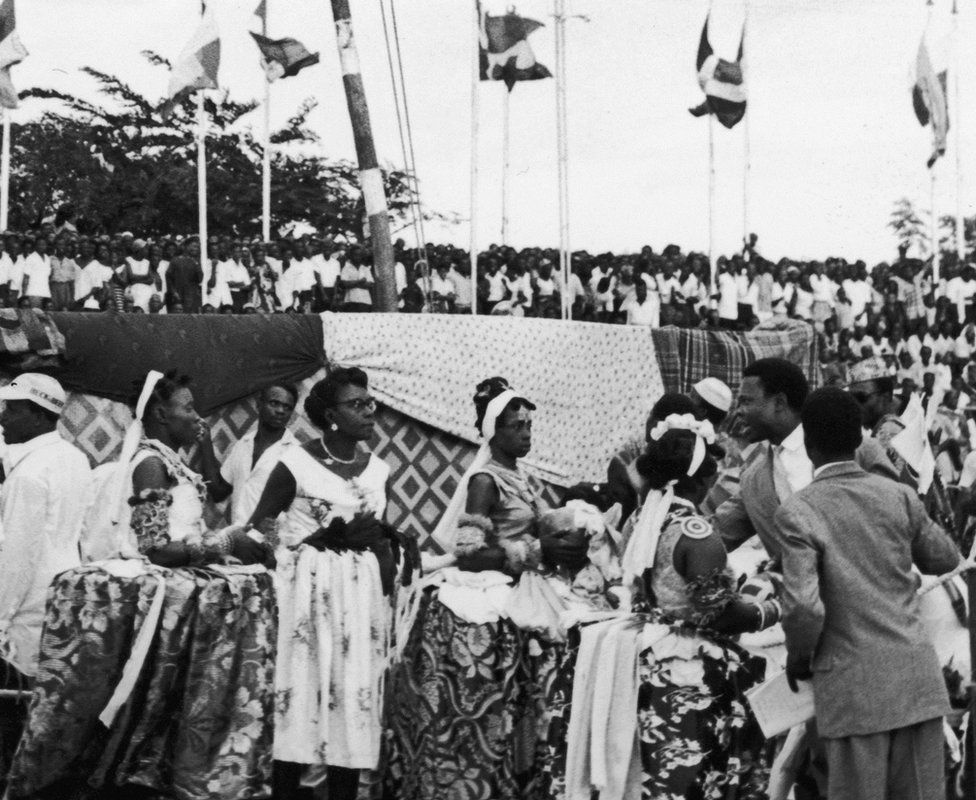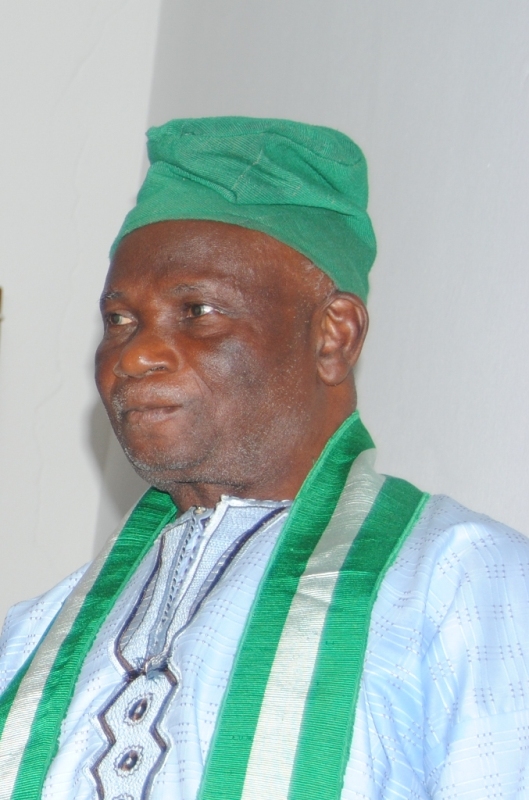The independence of Nigeria on October 1, 1960, led to the need to change some policies and rules of the colonial masters, including the national anthem, pledge, and flag. This liberation gave Nigerians the confidence that they were finally free to make their own laws and set their own structures and rules as a unified entity, without the British telling them how to manage their affairs.
The British began trading slaves with local states in what is now Nigeria in the late 17th century and eventually gained protectorates over many of them, which controlled the social, economic, and political systems of the state. However, due to the wide variety of racial and religious affiliations in these states, there were no national flags or other recognizable emblems for the region.
When the colony was founded in 1914, Federick Lugard, the first governor-general of the Colony and Protectorate of Nigeria, selected an insignia for use on several colonial flags. He positioned the “Seal of Solomon”—a green, six-pointed star—on a crimson disk. Within the star, the word “Nigeria” and a royal crown could be seen.
However, towards independence, there was a need for many things to change, especially the flag of Nigeria, and so this led to the call for design, which a committee was set up for.

How then, was the flag designed?
A national planning committee was created as a result of efforts to achieve independence, and it requested a competition to choose a national flag in 1958. Nearly 3,000 designs, many of them extremely intricate, were submitted.
However, the winner of the competition was Michael Akinkunmi in 1959. According to history, Akinkunmi, at the time, was a 23-year-old student who was studying at Norwood Technical College in London, England. He was given a sum of a hundred (100) pounds for designing the flag.
In an interview with him, he stated that he came across the news about the competition in the newspaper for the call for the design of a new national flag of Nigeria. He then summoned the courage to submit a triband design consisting of a white vertical band in the centre, with a green vertical band on each side.

The design also contained a radiating red sun in the white vertical centre of the flag. However, the judges only had to remove the red sun, leaving only green and white triband design for the national flag. According to them, this meant that a country like Nigeria with cultural diversity need not use designs that will cause conflict. So, the judges decided to go for something simpler and relatable.
Thus, the flag has remained unchanged since then, and also, it was officially launched on October 1, 1960, when Nigeria gained independence from the United Kingdom.





